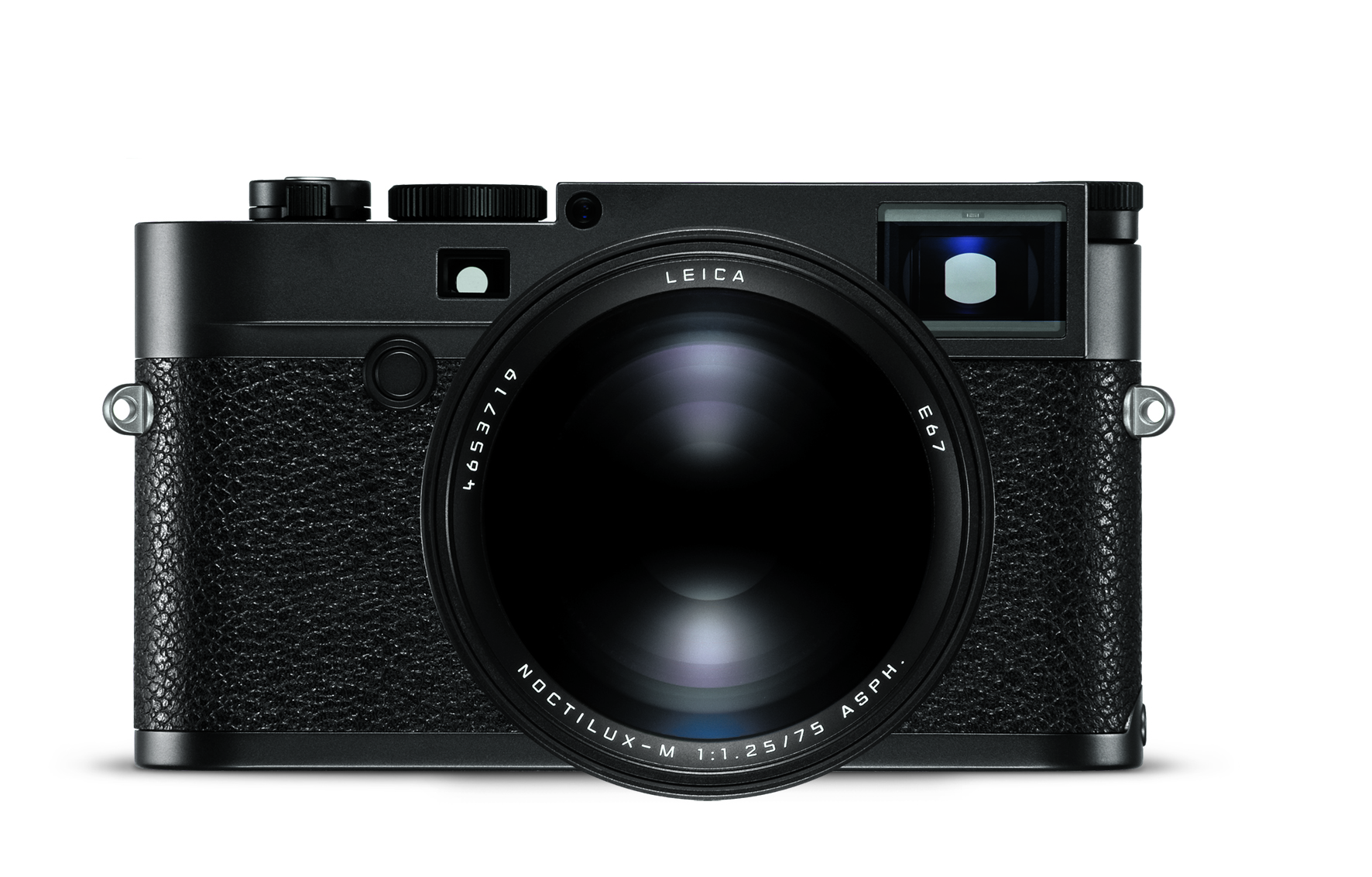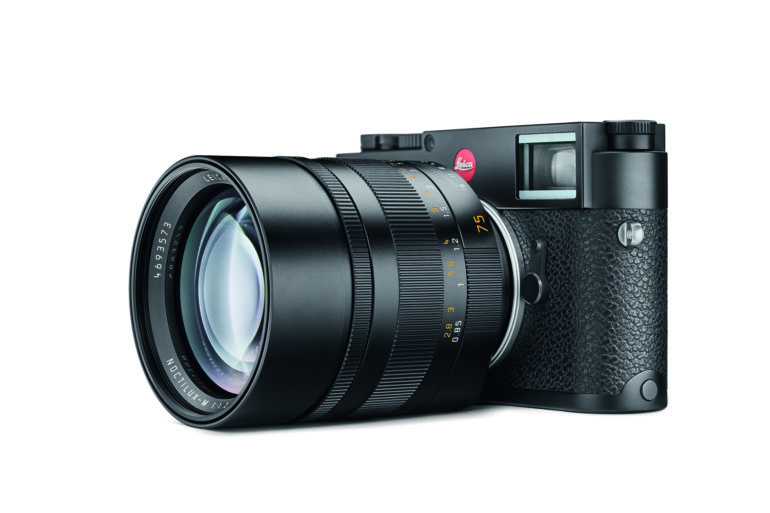Last Updated on 11/29/2017 by Chris Gampat
The Leica Noctilux-M 75mm f1.25 ASPH is bound to appeal to portrait photographers
It’s been some time since we’ve seen a truly super fast aperture lens from Leica, but today we’re getting the new Leica Noctilux-M 75mm f1.25 ASPH. This lens is designed for M mount cameras; but with a depth of field so shallow at f1.25 when shot wide open, I’d really ensure that your camera’s rangefinder is calibrated to the absolute best that it can be. It’s bound to appeal to portrait photographers and those who like Leica M mount lenses and then adapt them to their other camera systems will really appreciate what’s possible here. Leica lenses have always been incredibly sharp and gorgeous in their renditions, but they’re also really only been able to be fully realized by their own cameras because of the way that rangefinders work and how the light travels through their own lenses.
The new Leica Noctilux-M 75mm f1.25 ASPH covers a full frame area, so you can mount it onto our Leica M10 or your Leica M6 with ease. The lens has 9 elements in 6 groups with two of those lenses being aspherical. It can focus to just under 3 feet, which is standard for most rangefinder glass. From f1.25, the lens goes all the way down to f16 at the smallest aperture. Of course, it isn’t cheap at all. $12,795 is the retail price.
Granted, this lens isn’t like Leica’s 50mm f0.95 Noctilux lens, but it’s also a bit more of a telephoto focal length. The 75mm makes a lot of sense because a lot of Rangefinders have framelines for that focal length. If that wasn’t the choice, then 90mm would have been the more obvious one.
Technical data
| Angle of view (diagonal, horizontal, vertical) |
For 35 mm format (24 x 36 mm):
~ 32°, 27°, 18° For Leica M8 models (18 x 27 mm): ~ 24°, 20°, 14°, equivalent to FL of ~ 100 mm in 35 mm format1 |
| Optical design
Number of elements/groups Aspherical surfaces Position of entrance pupil (at infinity) |
9/6 2 26.9 mm (in front of the bayonet) |
| Focusing
Working range Scales Smallest object field/ largest reproduction ratio |
0.85 m to ∞ Combined metre/feet graduation For 35 mm format: ~ 212 x 318 mm / 1:8.8, |
| Aperture
Settings/functions Smallest aperture |
With click stops, half-stop detents 16 |
| Bayonet | Leica M quick-change bayonet with 6-bit bar coding for Leica M digital cameras2 |
| Filter mount | Inner thread for E67 screw-mount filters, non-rotating |
| Lens hood | Integrated, with twist-out function |
| Viewfinder | Camera viewfinder3 |
| Finish | Black anodised |
| Dimensions and weight
Length to bayonet flange Largest diameter Weight |
~ 91 mm ~ 74 mm ~ 1055 g |
| Compatible cameras | All Leica M-Cameras3, 4, Leica SL-Cameras with Leica M-Adapter L |




